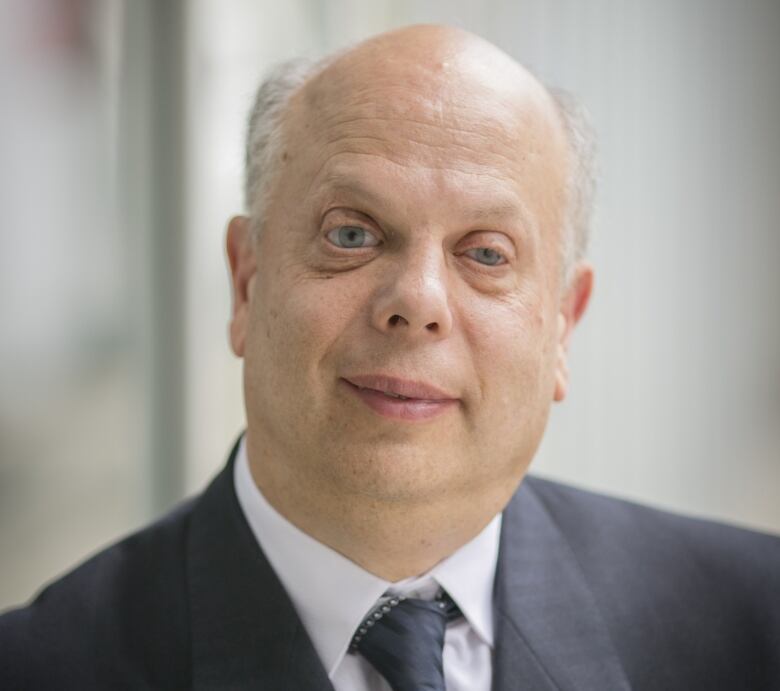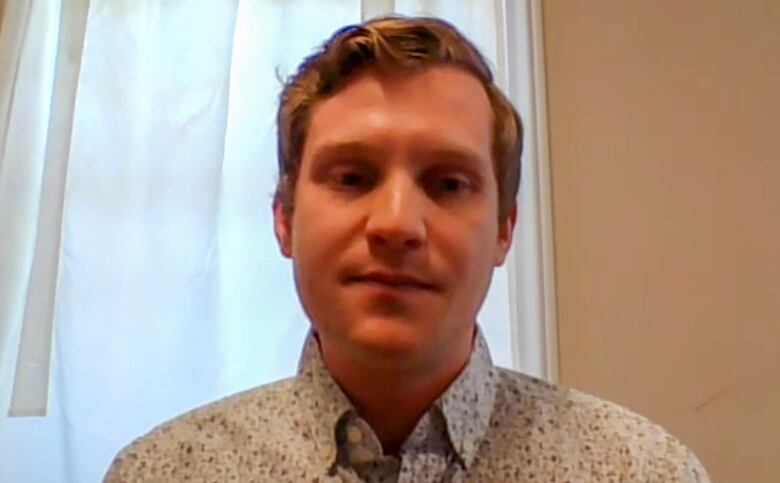During National AccessAbility Week, advocates say Ontario has a long way to go
Province says it's made 'unprecedented' investments in infrastructure to improve accessibility

During a week dedicated to promoting accessibility and celebrating the contributions of people with disabilities in Canada, advocates say Ontario needs to do more on the issue.
David Lepofsky, chair of the Accessibility for Ontarians with Disabilities Act Alliance, says the province is falling behind on its goal of making Ontario fully accessible by 2025.
National AccessAbility Week, a campaign fromEmployment and Social Development Canada, runs from May 28 to June 3. Lepofsky says the most meaningful result of the week would be more government action.
"We need politicians at all levels to do more than make flowery speeches about how committed they are to the needs of people with disabilities," he said."We need them to actually do something, and if they do nothing, then the week becomes a hollow exercise."
In 2005, the Ontario government unanimously passed the Accessibility for Ontarians with Disabilities Act (AODA), which calls for the province to be fully accessible by 2025, about a year and a half from now.
"We are way behind schedule and the Ford government does not have a plan to get us to that goal by 2025," Lepofsky said.
One action Lepofsky wants is for the Ministry for Seniors and Accessibility to meet with his organization.Lepofsky says they've been calling for a meetingfor at least two years and that the minister's office hasn't been responding to his emails.

Province says it's made 'unprecedented' investments
In response to Lepofsky's criticisms, a spokesperson for the ministrysaid the province has made "unprecedented" investments in infrastructure, healthcare, education and other services to make Ontario more accessible.
"We will continue to review the AODA regularly and consider new accessibility standards or amend existing ones to improve the lives of Ontarians beyond 2025,"Wallace Pidgeonsaid in an emailed statement.
The spokesperson also pointed to an announcement made Monday, where the province saidit's spending $6.5 million to help people with disabilities find employment. One of the programs benefiting from that moneyis the Canadian National Institute for the Blind Foundation's Come to Work program.
The program helps people who are blind, have low vision or are deaf-blind build the skills they need to become ready for employment, according to Thomas Simpson, the institute's executive director.
He said of the roughly 1.5 million Canadians who are blind or partially sighted, 31.5 per cent have a full-time job. The largest barrier for them to access employment is unconscious stigma, which is something the institute is tryingto dismantle.
'Still a lot of work to be done'
"We always start with the conversation of: 'What are your greatest business needs right now, what are your HR needs at the current moment?' And then we showcase to them, 'OK, well this is someone who, blind or partially sighted, could do those roles," he said.
They also take employers through what a day on the job for a visually impaired person might look like and identify any physical accessibility barriers the person might encounterso that a business can proactivelyaccommodate them.
Simpson has been with the CNIB for almost seven years. In that time, he said there's been a lot of progress when it comes to accessibility in Canada, but more needs to come.

"The disability community is still far behind a lot of other equity seeking groups, and when you added an intersectional lens on top of that, there's still a lot of work to be done."
Anthony Frisina, media relations director with the Ontario Disability Coalition, agrees with Lepofsky's assessment.
"We are a long ways away from being fully accessible and fully inclusive."
Frisinasays it's important to celebrate the accomplishments of the disabled community and discuss what more needs to be done throughout National AccessAbility Week.
"But awareness only goes so far unless we have a call to action," Frisina said.












_(720p).jpg)


 OFFICIAL HD MUSIC VIDEO.jpg)
.jpg)



























































































